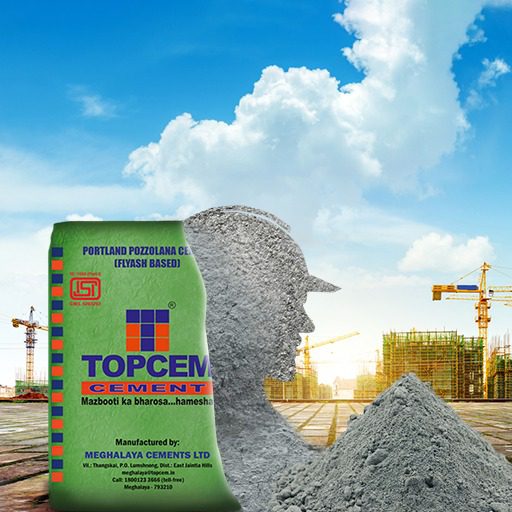Introduction
Cement, as a binding material, is a very important building material. Almost every construction work requires cement. Therefore, the composition of cement is a matter of great interest to engineers. For understanding cement composition, one must know the functionality of cement ingredients. By altering the amount of an ingredient during cement production, one can achieve the desired cement quality.
Composition of cement
| Ingredients | Percentage in cement |
| Loss on Ignition | 1- 5 |
| Lime | 60- 65 |
| Silica | 19 – 25 |
| Alumina | 3 – 8 |
| Magnesia | 1 – 3 |
| Iron Oxide | 0.5 – 6 |
| Sulfur Trioxide | 1-3 |
| Alkali | 0-1 |
Source: civiltoday.com
Functions of cement ingredients
The functions of the ingredients that constitute cement are as follows:
- Lime: Often known as calcium oxide, lime is the most crucial component of cement. It makes up around 60 to 65% of the cement. It is made from materials including shale, chalk, and limestone. A sufficient amount of lime in the cement aids in the formation of calcium silicates and aluminates. If too much lime is applied, the cement will expand and disintegrate, and it will also become unstable. If the amount of lime in the cement is less than the minimal need, both its strength and its setting time will be affected.
- Silica: The second-largest component of cement, silicon dioxide, or silica, accounts for 19–25% of the total. Its sources include sand, argillaceous rock, and other materials. The synthesis of di- and tri-calcium silicates, which give cement its strength, is aided by the presence of sufficient silica. The strength of cement will rise if there is too much silica in it, but the time it takes for cement to set will also increase.
- Alumina: Alumina is found in cement in the form of Aluminum Oxide that constitutes 3-8% of the overall content. The cement gains a quick-setting quality from alumina. In general, high temperatures are necessary to make cement of the desired quality. However, alumina acts as a flux when combined with the materials for cement, lowering the clinkering temperature and ultimately weakening the cement. Therefore, alumina should not be utilized in excess to sustain the high temperature.
- Magnesia: Between 0.1% and 3% of cement is constituted by magnesium or magnesium oxide. It gives toughness and color to cement. If it is greater than 3%, the cement becomes unstable and loses strength.
- Iron Oxide: The amount of iron oxide in cement varies from 0.5 to 6%. It is available from sources such as fly ash, iron ore, scrap iron, etc. Its primary use is to give cement color. It reacts with aluminum and calcium to generate tricalcium aluminoferrite at high temperatures. The end product gives cement its qualities of strength and hardness.
- Calcium Sulfate: Cement contains calcium sulphate in the form of gypsum. It is found together with limestone. Its quantity varies from 01-0.5%. Its presence results in increasing the initial setting time of cement.
- Sulfur Trioxide: 1-3% percent of the cement contains sulphur trioxide. Its purpose is to make the cement sound. If there is an excess quantity, the cement becomes unsound
- Alkali: Typically, cement contains alkalis like soda and potash, which generally vary from 0.1 to 1%. Most of the alkalis used in cement manufacture are removed by flue gases produced during heating. Because of this, cement contains relatively little alkali. If its concentration is greater than 1%, it can lead to several issues, including the alkali-aggregate reaction, efflorescence, discoloration, and more.
Conclusion
We need to understand the ratios, purposes, and restrictions of the various cement constituents in order to make cement of high quality. Cement that has the correct amount of each ingredient allows manufacturers to do well in business and gives customers the assurance of strong and durable construction.

